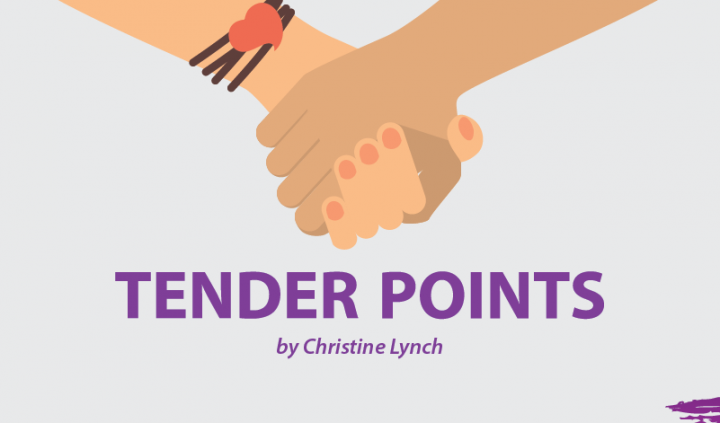Before fibromyalgia, I was a champion multitasker. At one time, I held a full-time administrative position, attended college in the evenings, and was the sole transportation for my soccer-playing son, as my husband traveled during the week for his job. I also attended a rehearsal one evening a week and sang in the church choir on Sunday mornings.
Keep in mind that this was decades ago, before the advent of the internet, when college students like me were commonly found doing research in public libraries. I often ate my meals — which I cooked from scratch, as few ready-made alternatives existed — with a book in hand. While potatoes boiled, I completed a statistics assignment, rewashed a grass-stained soccer uniform, and rushed to pick up my son from practice on time. Whew! I get tired just thinking about it.
And then fibromyalgia symptoms struck. It didn’t happen overnight. I lived in denial for years. However, in time, they created a new normal for me. I still multitask, but I define it differently than before. More than one major activity within 24 hours now qualifies as multitasking for me.
And how do I define a major activity? It’s anything that requires getting dressed and looking presentable to the world. Attending a necessary or social activity qualifies — things like a meal with a friend, a movie, or a medical appointment. The latter task qualifies in two ways.
There’s the “looking presentable” part, which may be questionable when I’m feeling particularly bad. (I have shown up at my physiatrist’s office with my nightie tucked into my sweatpants). The second part is the exhaustion factor. Preparing to describe my current symptoms to my provider, so that I don’t sound like a whiner but rather a patient in need of treatment, is a form of mental gymnastics for me — and more tiring than a long walk.
Grocery shopping qualifies as a major activity in three ways. Not only does it require looking presentable, but it’s also both mentally and physically exhausting. Trying to remember what already resides in my cupboards while conjuring up possible meals and the ingredients required to make them is exhausting for me — not to mention the effort of finding the items on the shelves.
However, the stress factor comes in with the importance of completing the activity successfully. Failure to purchase everything needed results in a necessary return visit. That’s an additional major activity, limiting what I can accomplish on yet another day. With my limit of one major activity per day, the time and energy to do anything enjoyable can be in short supply or absent altogether.
And then there are the minor activities, usually defined as those things I can do in my pajamas (and I often do). They include endeavors like writing this column, doing laundry, scrounging through the refrigerator for something edible that matches my energy level (or lack thereof), or setting up appointments for necessities like healthcare, car maintenance, or allergy shots for the dog.
Which brings me to dog walking: This activity falls somewhere between a major and a minor one, depending on the day. I’ve done it without the benefit of street clothes (concealing my jammies under a raincoat). But there are days when even that’s more energy than I have — especially if there’s about to be, or already has been, a major activity that day. My new goal is to classify dog walking as a grooming practice, the equivalent of brushing my teeth. It sounds more doable that way.
In my world, if I visit my therapist (a major activity), do a load of wash (a minor activity), and walk a short distance with the dog (in a minor way), that’s a multitasking day. I may have no control over what I can or cannot do, but I can change the definitions.
***
Note: Fibromyalgia News Today is strictly a news and information website about the disease. It does not provide medical advice, diagnosis, or treatment. This content is not intended to be a substitute for professional medical advice, diagnosis, or treatment. Always seek the advice of your physician or other qualified health provider with any questions you may have regarding a medical condition. Never disregard professional medical advice or delay in seeking it because of something you have read on this website. The opinions expressed in this column are not those of Fibromyalgia News Today, or its parent company, BioNews Services, and are intended to spark discussion about issues pertaining to fibromyalgia.

